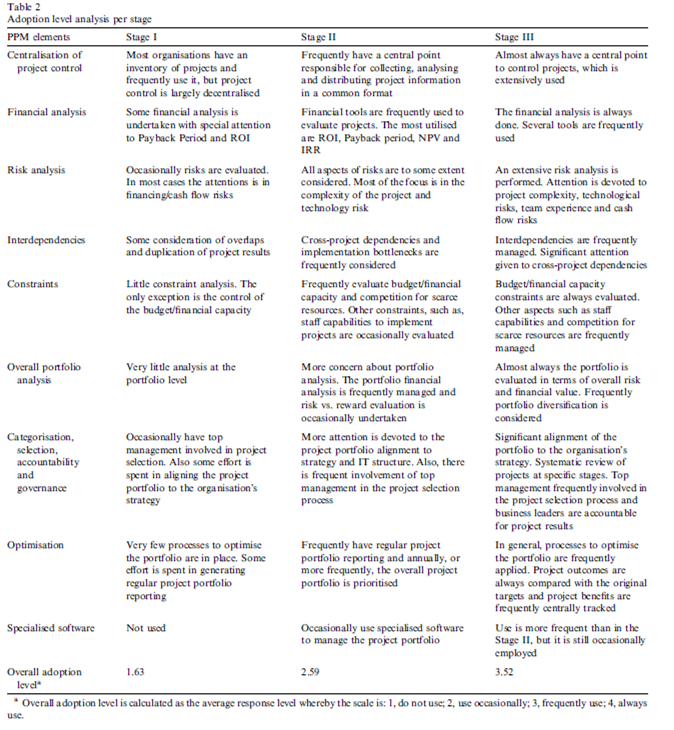Verner, J. M.; Overmeyer, S. P.; McCain, K. W.: In the 25 years since The Mythical Man-Month what have we learned about project management?; in: Information and Software Technology, Vol. 41 (1999), No. 14, pp. 1021-1026.
http://dx.doi.org/10.1016/S0950-5849(99)00077-4
The original Fred Brooks‘ book ‚The Mythical Man-Month‚ (1975) explored why IT projects usually deliver late. It states a couple of reasons
- Poor estimations and the assumption that everything will go well
- Estimation techniques which confuse effort with progress and vice versa
- Managers are uncertain about estimates and the do not stubbornly support them
- No one publishes productivity figures, thus no one can defend his estimates
- Poor schedule monitoring and control
- If slippage occur man power is added, which makes it worse – here Brooks introduces the concept of the n*(n-1)/2 communication channels on a team
Verner et al. revisit the original claims and check them against critical success factor research. They found that most of these claims still hold true – but that ‚recently‘ a lot more factors touching the human side of project management have been discovered, e.g., senior management support, customer relationships, knowledgeable and experienced project manager.
